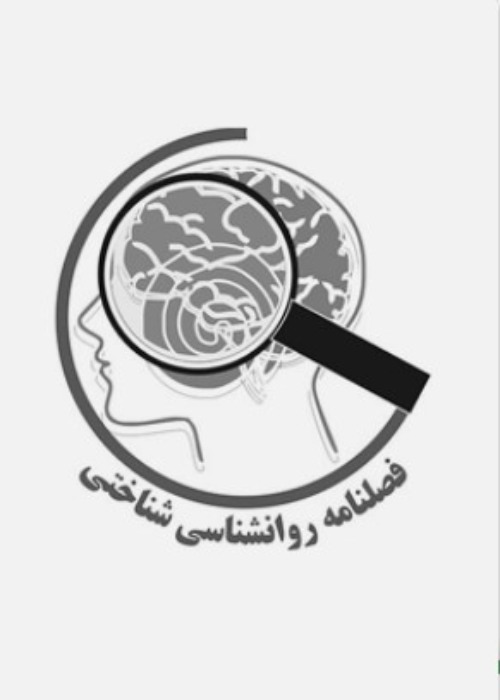The Comparison of Quantitative Electroencephalography of Neural Connections between Children aged 6 to 13 years with Autism Spectrum Disorder and Typically Developing Children
Recent neuroimaging studies have shown that main symptoms of Autism Spectrum Disorder (ASD) such as deficits in social communication, speech and repetitive behaviors are associated with abnormalities in neural connectivity. The abnormalities in neural connectivity have been studied by several methods. Among these methods, electroencephalography is an efficient and a non-invasive tool that records brain electrical activity and helps us to gain information about brain neural connectivity and cognitive characters. Therefore, the purpose of this study was to analyze electroencephalogram resting state data to compare brain connectivity (coherence) patterns between children with ASD and typically developing children. The method of this study was descriptive-analytical. The population of the study consisted of all children with ASD (aged 6-13) referred to psychologists in Mehraz Andisheh Clinic in Shiraz. Fifteen children with ASD (boys = 11 and girls = 4) were selected via purposeful sampling method. Moreover, a group of fifteen typically developing children who were matched based on chronological age and gender were recruited. Quantitative Electroencephalography data analyses showed a significant difference between the two groups and indicating hyper connectivity in most frequency bands among children with ASD. Therefore, quantitative electroencephalography patterns of children with ASD indicated an increase in the levels of coherence in delta (p < .05) and theta (p < .05) powers in the prefrontal region, theta (p < .05) and alpha (p < .05) waves in the central region, in theta (p < .001), alpha (p < .001) and beta (p < .001) waves in the occipital region, in addition to delta (p < .001), theta (p < .001) and alpha (p < .001) waves in the temporal region. The findings demonstrated abnormalities in brain connectivity (coherence) patterns of children with ASD which is supported by cortical connectivity theory. Consequently, these findings (hyper connectivity patterns) can be considered as a useful marker to better diagnose ASD. Moreover, changing these patterns may have a positive impact on the treatment of individuals with ASD.
- حق عضویت دریافتی صرف حمایت از نشریات عضو و نگهداری، تکمیل و توسعه مگیران میشود.
- پرداخت حق اشتراک و دانلود مقالات اجازه بازنشر آن در سایر رسانههای چاپی و دیجیتال را به کاربر نمیدهد.


